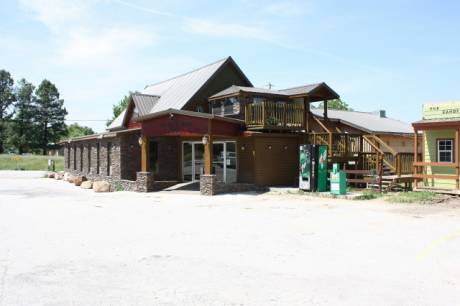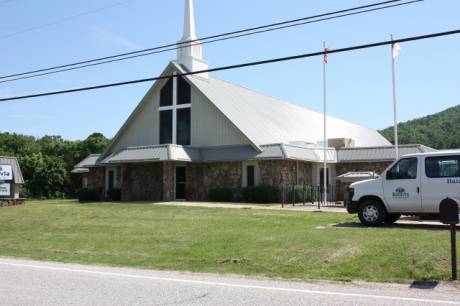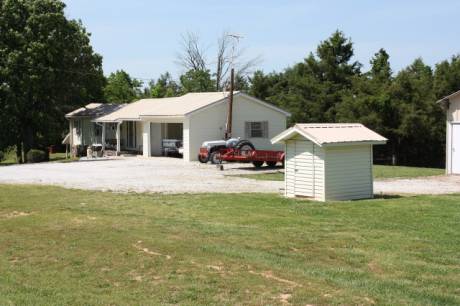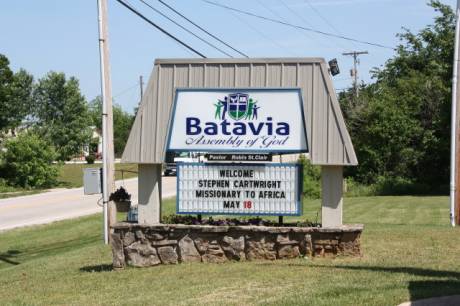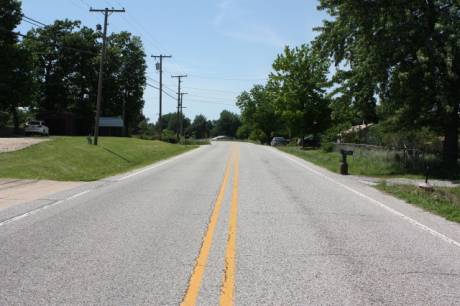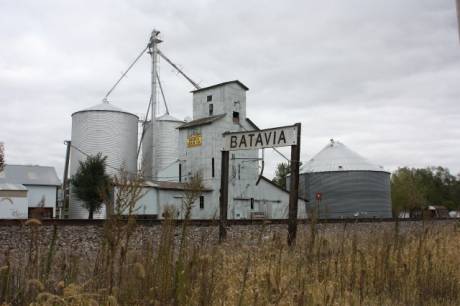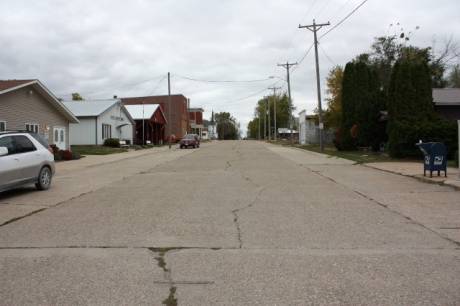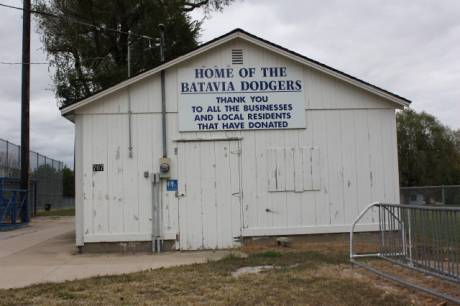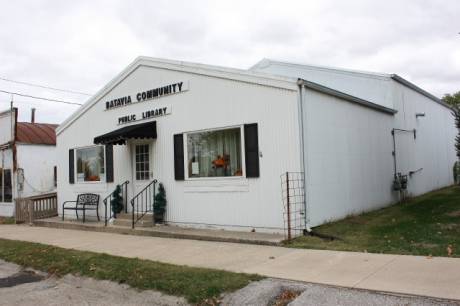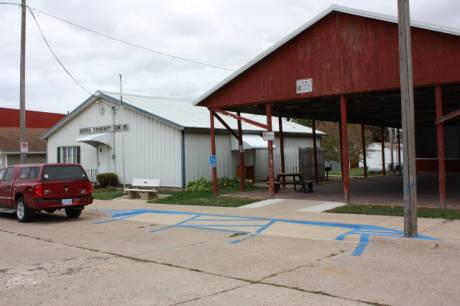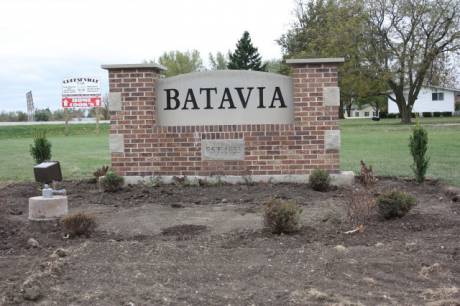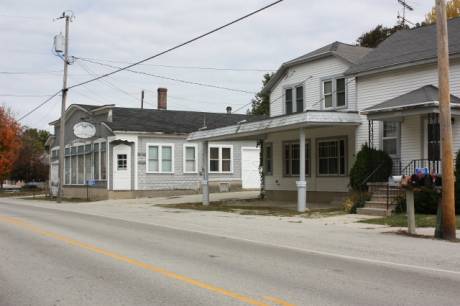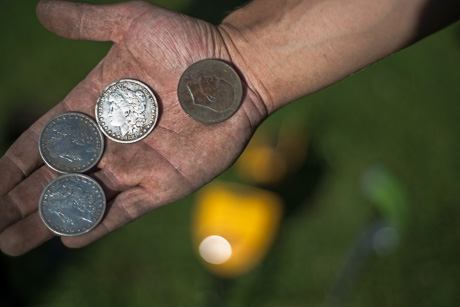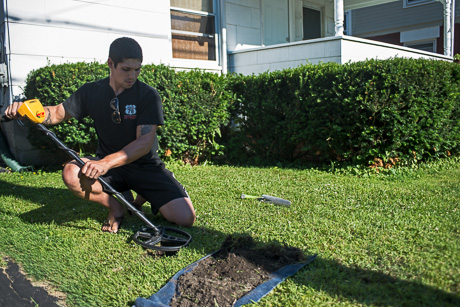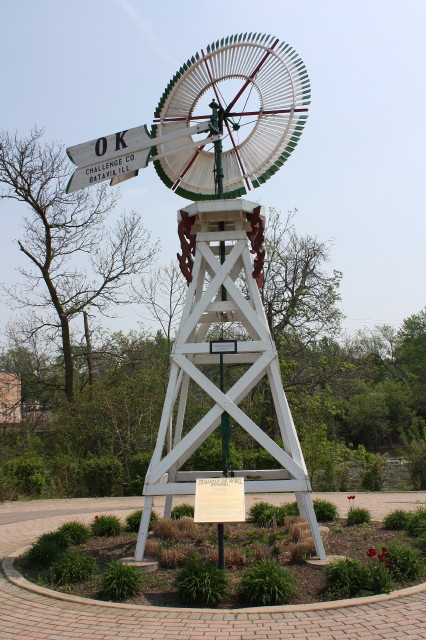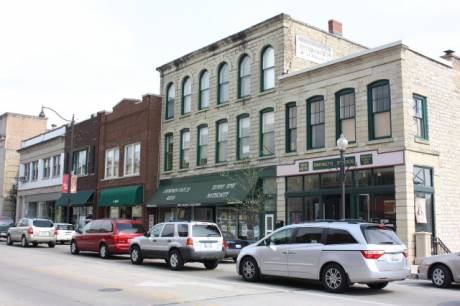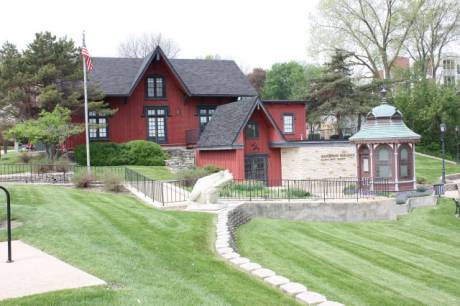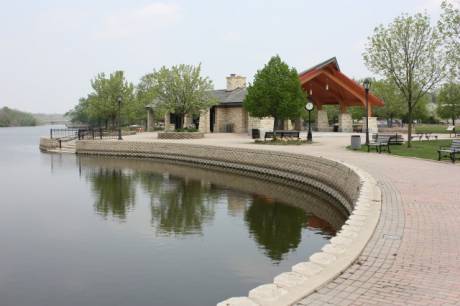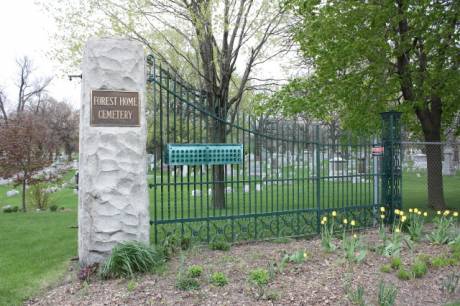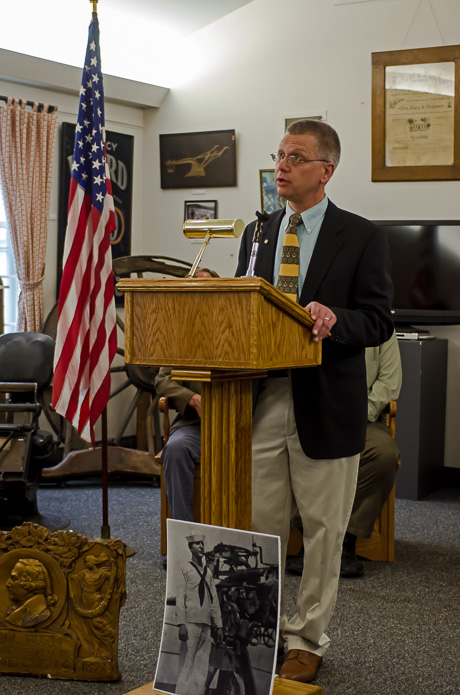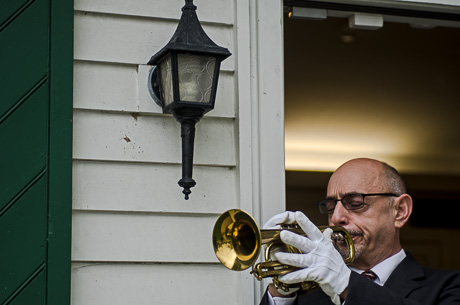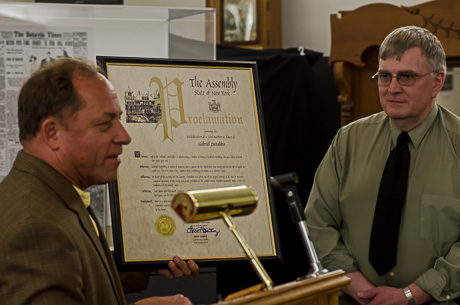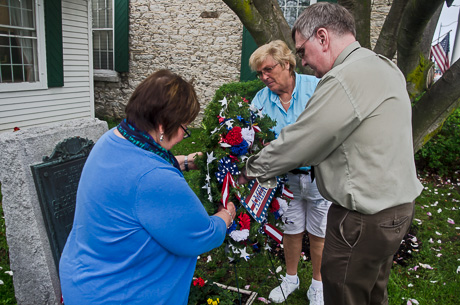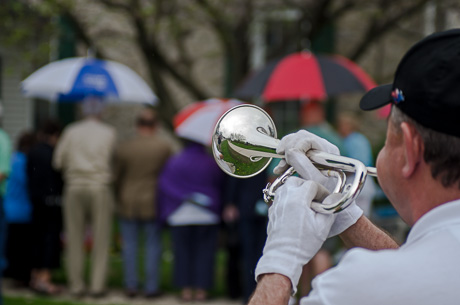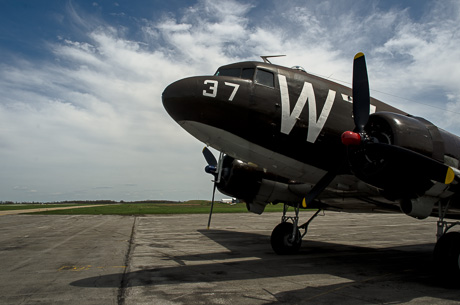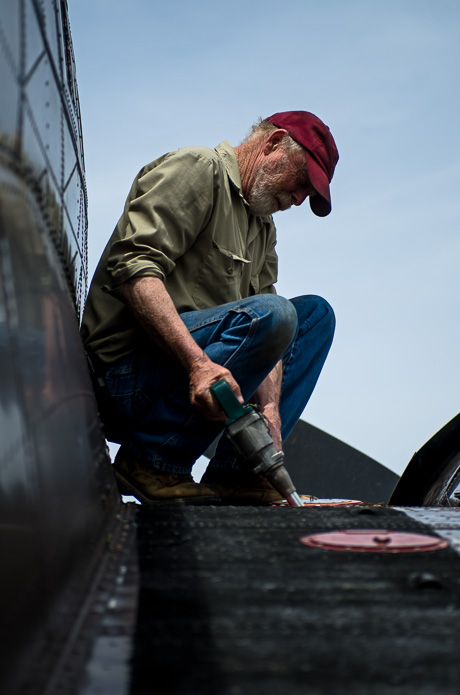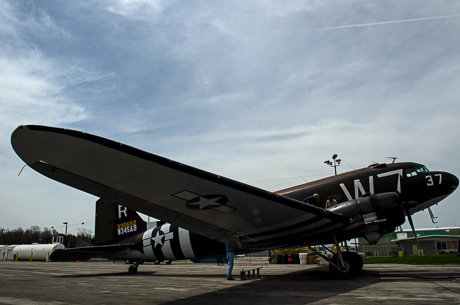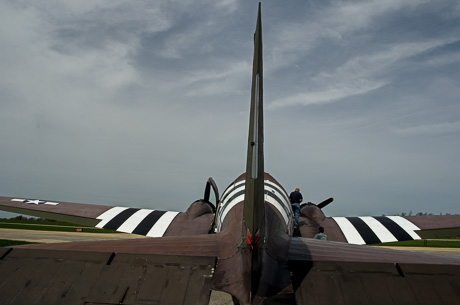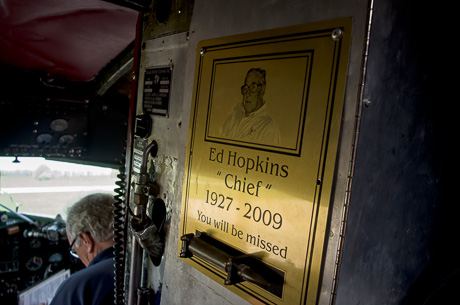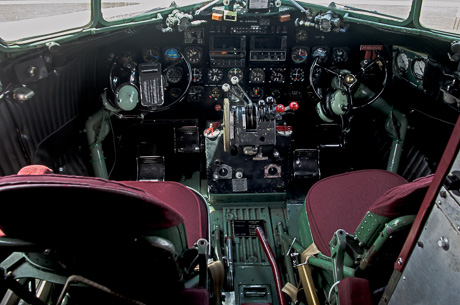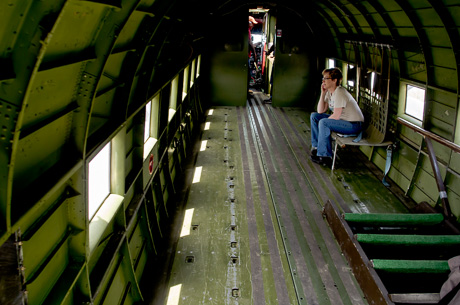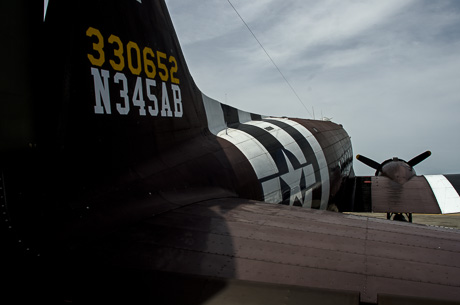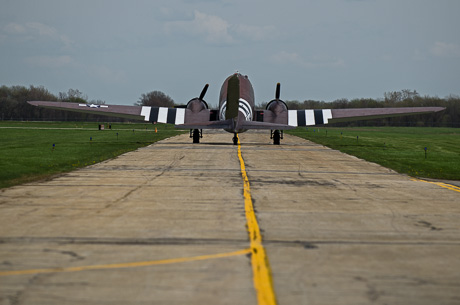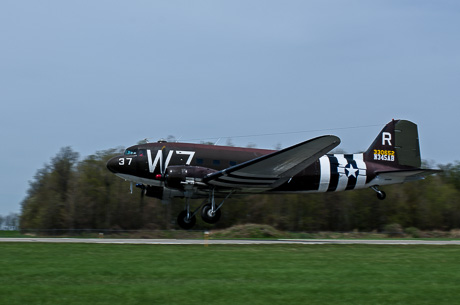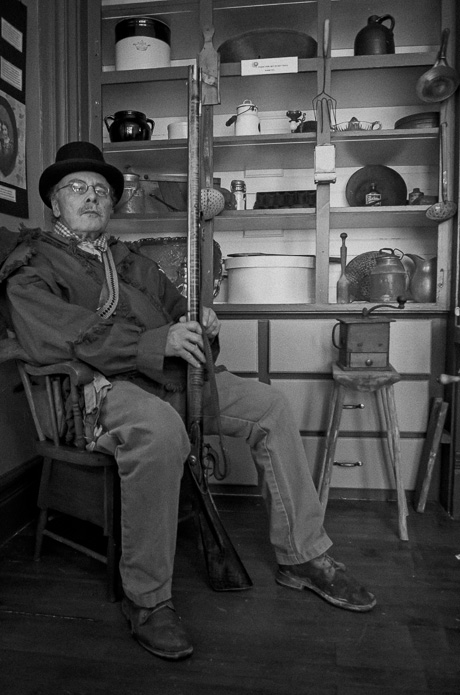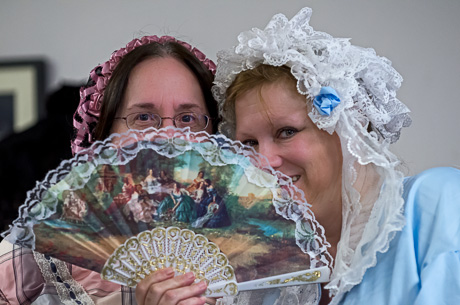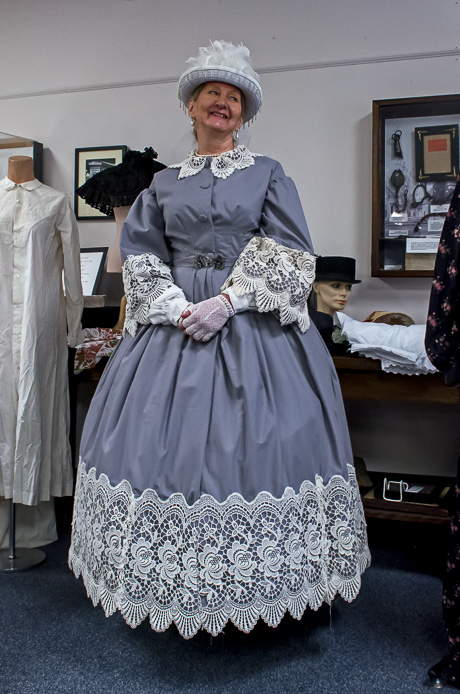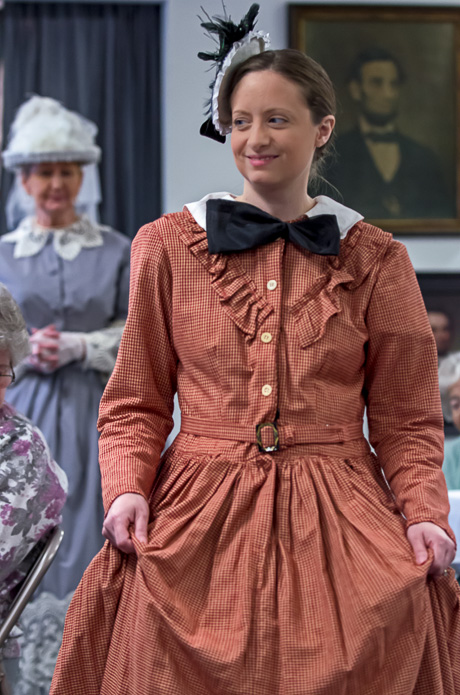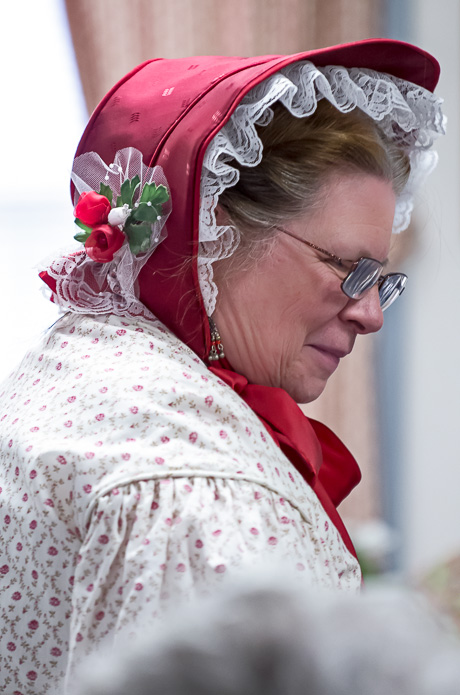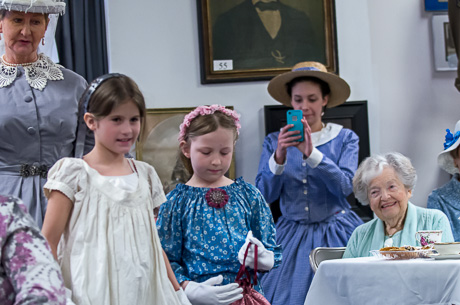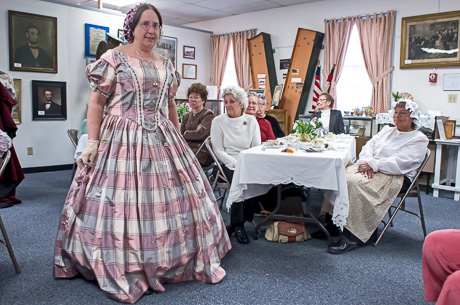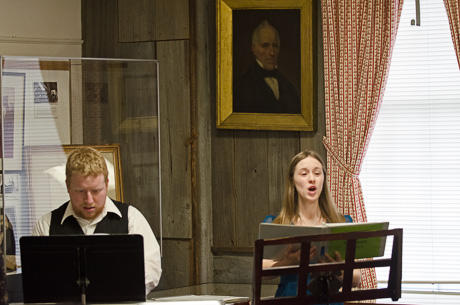This is the fifth in a series of articles about the other communities, located east of the Rocky Mountains, that are named “Batavia.” This one is about Batavia, Wisconsin, an unincorporated collection of houses and other buildings southwest of Sheboygan in Sheboygan County.
Local historians regard 1851 as the year in which Batavia, Wis., was founded, although there appear to have been settlers beginning in 1846. They claim that the name originated from the many early settlers who came from near Batavia, N.Y. However, unlike other communities, the process by which this naming came about is not recorded.
Batavia, Wis., grew into a fair-sized village. By 1900, there were two dry good stores, one furniture store, one hardware store, a carriage and wagon factory, a hotel, a dance hall, two blacksmith shops, a tin shop, a boot and shoe store, two churches, two schools, a sawmill, a grist mill, a cheese factory, an undertaker, a seamstress, a cigar factory, an egg flume (egg-shaped water conduit), an ice house, and a butcher shop.
Over time, this Batavia shrunk to the status of a hamlet. The one remaining school, an elementary school, had recently closed as of 2013. Most of the businesses and other enterprises listed above are gone. Nevertheless, the homes are generally well kept and the residents, who now generally find employment in other communities, appear to be reasonably prosperous.
However, for the most part, Batavia, Wis., is one of those places where, if you blink, you’ll miss it. Although there are two or three side streets, the community mainly consists of a single main street. One descends a grade to a small creek, Batavia Creek, and then ascends another grade while leaving town.




